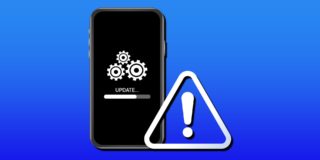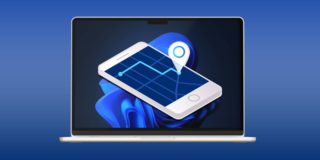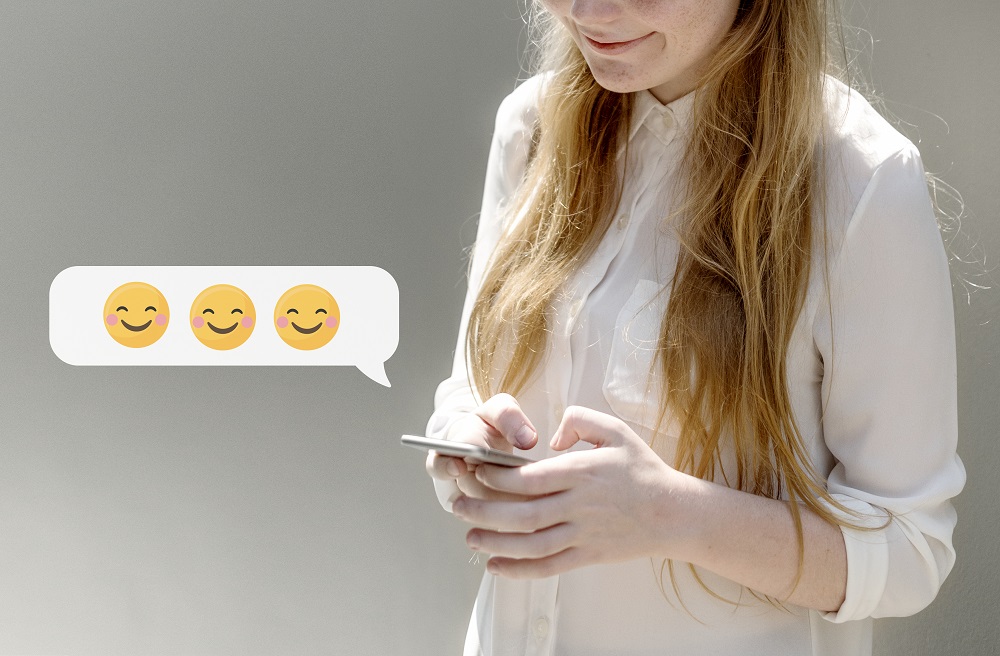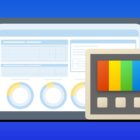How To Connect an iPhone to a Car Stereo
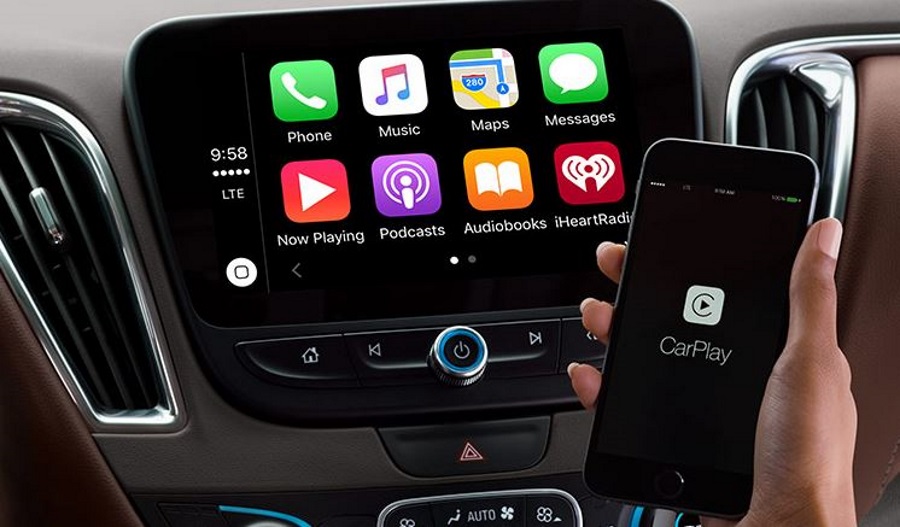
As we use our phones for every aspect of our lives there is no reason why you cannot use them in the car too. Using a phone to deliver music to your car’s audio system is nothing new but some of the methods you can use to deliver that music are. With Apple Car Play now appearing in most new cars, it is one of the many ways you can connect your iPhone to a car stereo.
What method you use to connect an iPhone to a car depends on what you want to do. If you just want music, you can use any method. If you want more features like calling and messaging, you can only use a couple of methods. I’ll show you all that are currently available so you can make an informed choice.
Apple CarPlay
Apple CarPlay is the logical place to begin as it is the most feature rich. It is also the newest and easiest way to connect your iPhone to a car stereo. If you have an audio system compatible with Apple CarPlay, you just need to plug in your iPhone using a Lightning connector and the system should pick it up. It will then display some familiar icons on the screen which you can use to perform the associated action.
The upside to Apple CarPlay is that it is designed specifically for the iPhone. You can use most phone functions, including Siri, maps, calling, messages and music. The downside is that you need a compatible car built after 2014 to use it. There are rumors that Apple are developing an interface for non-compatible systems but there is nothing concrete as yet.
If you have a compatible car, this is definitely the way to go even if you don’t want to use any phone features. It is literally plug and play.
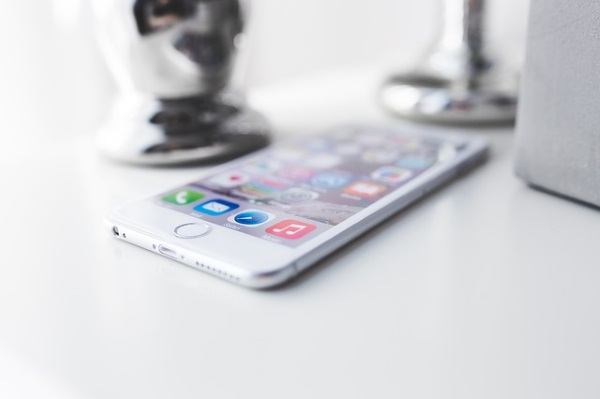
Bluetooth
If you have a Bluetooth-compatible car or head unit, this is another way to connect your iPhone to a car stereo. Bluetooth does drain battery but with an appropriate charger this method works fine. You will need to pair your car or car stereo with your phone for this to work but that is now much easier than it ever used to be.
The upside to Bluetooth is that it is only dependent on having Bluetooth, not a specific feature like Apple CarPlay. It is also wireless and uses less energy than it used to. The downside is that pairing can still be a pain and that you don’t get all phone features. Finally, audio quality isn’t quite as good with Bluetooth but you can offset a lot of that by using something like aptX.
Auxiliary input
If your car has a USB or aux input, you can use that to connect your iPhone to a car stereo. Depending on your make, model and year, your car may have a USB port or 3.5mm jack plug in front or back. Sometimes this is where the lighter and ashtray are or used to be up front and can also be in back too. You can connect using your Lightning connector or jack adapter and your car stereo should detect the iPhone automatically when you select auxiliary input on your head unit.
The upside to this method is that it is as simple as using Apple CarPlay and can charge your phone at the same time. The downside is that not all cars have auxiliary inputs and you may not get other phone features. Plus, if you have a 3.5mm jack and a new iPhone, you have to use an adapter.
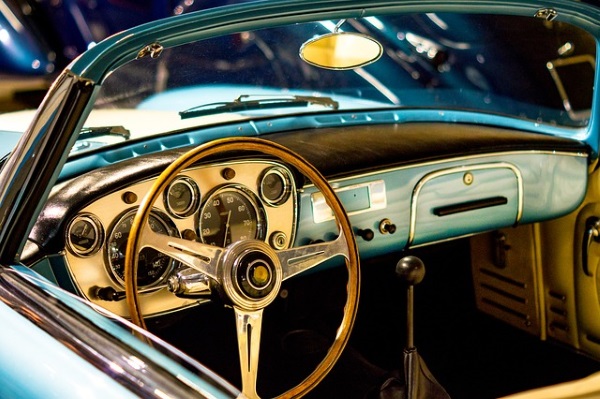
FM transmitter
Using an FM transmitter is an old school way of connecting your iPhone to your car. This method has been around since the advent of the smartphone and still works just as well. You will need a third party FM transmitter to connect your phone. The transmitter will connect to a jack plug on older iPhones or have a Lightning adapter on newer ones. You plug the other end into the cigarette lighter for charging. The FM transmitter will broadcast music from your phone on specific frequencies. All you need do is tune your radio into that frequency to listen.
The upside is that FM transmitters are cheap and can charge your phone at the same time. They are also very easy to set up and require nothing more than tuning your car stereo. The downside is that no other phone functions are available and music quality correlates directly with the quality of the transmitter.
Those are the four main ways to connect an iPhone to a car stereo. Each works in a slightly different way and has pros and cons. No matter what make, model or age of car, there should definitely be a method here that works!




